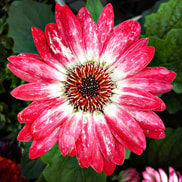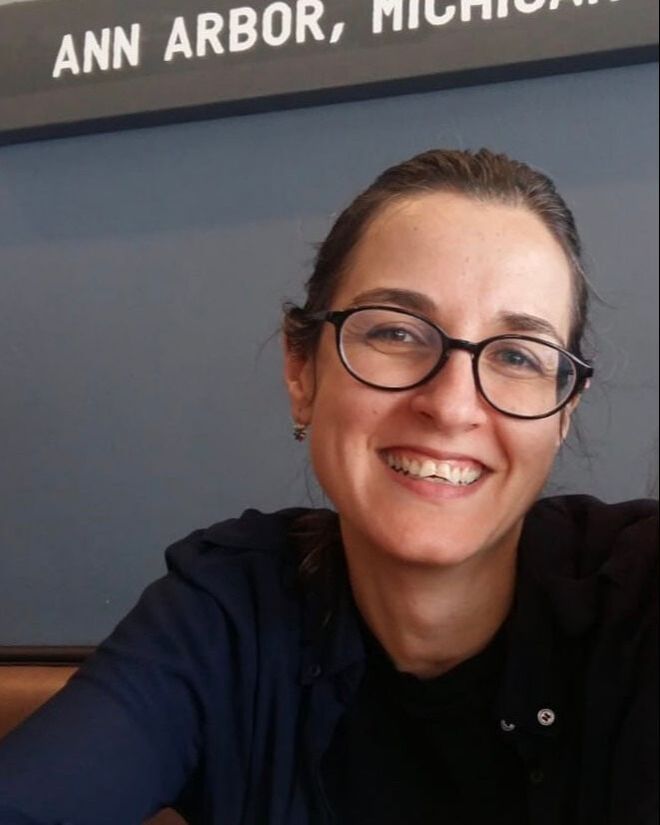ASSAY: A JOURNAL OF NONFICTION STUDIES
6.2
6.2
IntroductionEven after more than a century, the Armenian Genocide in 1915 has still more to tell us not only about the numbers, conditions, and methods involved in the first systematic extermination of the twentieth century, but also through the “afterlives” of those who survived and yet remained in what can be called an “in-between life and death” situation. A group of “remnants,” that is, Armenian women intellectuals living in Istanbul, were mostly exempt from the arrests on the eve of the Catastrophe simply because they were women, while about 250 Armenian male notable figures from different professions, unlike them, were first arrested and deported and then executed (Ekmekcioglu 4).
Zaruhi Kalemkearian (1874-1971), poet, writer, feminist, activist and public worker, was an Armenian intellectual who left her country for New York in 1921 for fear that Kemalist forces [1] would enact further massacres (Ekmekcioglu 50). Presiding over various charitable institutions, including the Armenian Red Cross and Patriotic Armenian Women’s Society, Kalemkearian was one of the figures in her community who gained political agency via her participation in the task of recovering a nation and her social and political visibility was not limited to the active role she played in her society. She had reason to fear repercussions. With her autobiographical work, she also contributed to the emergence of a discursive terrain of Armenian women’s life-writing (diaries, letters, memoirs and autobiographies). Zaruhi Kalemkearian is one of the few Armenian intellectuals who not only acted as political agent within her community, but also was involved in the small group of women who produced a literary field of women’s autobiographical practice. In addition to her feminist thought and activism, a kind of feminism appeared in her life-writing. The textual feminism she introduces reveals her own limitations within her active involvement in the politics of rescuing Armenian women. While marking this as her ethical stance, Kalemkearian tailors her self-representation and subjectivity on the basis of writing her self in connection to and solidarity with those female afterlives. It is thus that her life-writing makes itself to be a monumental-history which foregrounds the absent, ruined and fragmented contours of other lives rather than the information-ridden solid lines of documentation that have more often than not taxonomized such lives. The articulation in From the Path of My Life, in particular of the gendered realities of the time, the common ground of these women’s narratives, exposes two vital points. As much as these gendered microhistories invalidate the Turkish national historiographical discourse that denies the experience of the survivor as well as recognizing the event as a genocide, these microhistories also generate a “textual moment” in Armenian feminism via the writers’ engagement with the postgenocidal Armenian female body, subjectivity, self and representation. In telling about the afterlives of raped and impregnated Armenian girls along with her own personal life story, Kalemkearian not only disturbs and subverts the documented Turkish historiography, but also renegotiates the limits of autobiography in favor of representing victimized Armenian women’s lives and bodies as well as her own life and subjectivity. The lives of a number of women are not simply referred to within the main life storyline of the author, but in a conscious manner, introduced as politically objectified lives. Rather than reiterating a dominant rhetoric of history, Kalemkearian excavates personal stories, which have been buried in the long-forgotten past and reshapes an alternative historical reality by privileging a marginalized line of fragmented narratives. Drawing on the stories of victims, by which she mirrors and reassembles her self in an attempt to reconfigure the politics of reality, which has primarily been a domain of history, on the basis of Armenian women’s life-writing. The monumental interpretation of history is in tune with, among many things, the gendered perspective of untold and unseen realities. If what had happened after the 1915 Genocide, was, along with the catastrophic extermination of a nation, also the rearrangement of the life of the survivors (orphans, widows and raped women), then, in what ways and through what textual possibilities (other than official historiographies) is it possible to re-present the gendered realities of and after this historical moment? I argue that the genre of women’s autobiography, in this particular case Armenian women’s autobiographical practices, is a case of monumental history, which aims to call back silenced and fragmented realities so as to put them together for a different narrative of the past. The present essay keeps away from the long history of the genre of autobiography, which has been entangled in the male-identified paradigm and has served “as one of those generic contracts that reproduces the patrilineage and its ideologies of gender” (Smith 44). Instead, following the feminist poetics of women’s autobiography that recognizes the distinctive narrative technologies of women’s life-writing (fragmentary, fluid, episodic and discontinuous storytelling, with possibilities of sexual and textual imbrications) allows for the reconfiguration of a particular past within the Armenian context.[2]
|
|
Maral Aktokmakyan is an independent researcher. Along with her interest in British and American modernist literatures, critical theory and women’s studies, her research focuses on modern Armenian literature with a particular attention to Armenian women’s autobiography. She has published in academic journals and non-academic venues in Armenian, Turkish, and English.
|

